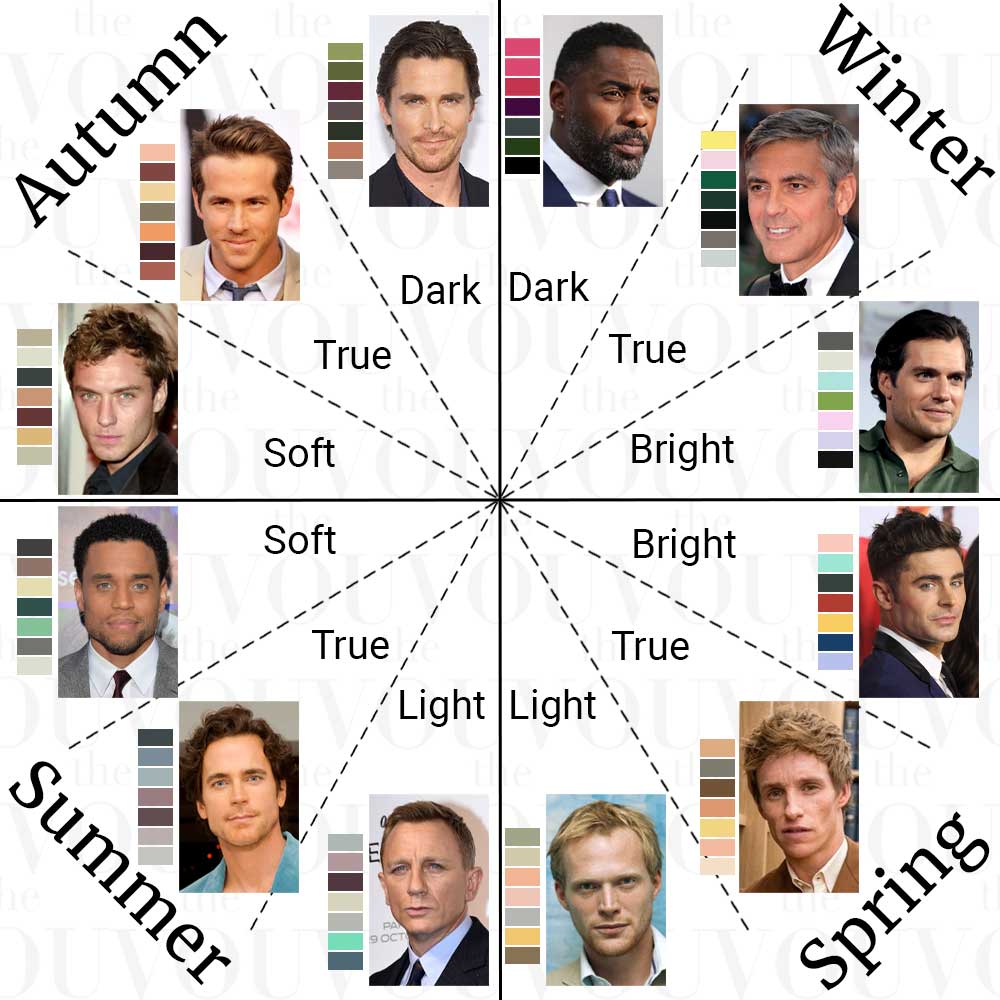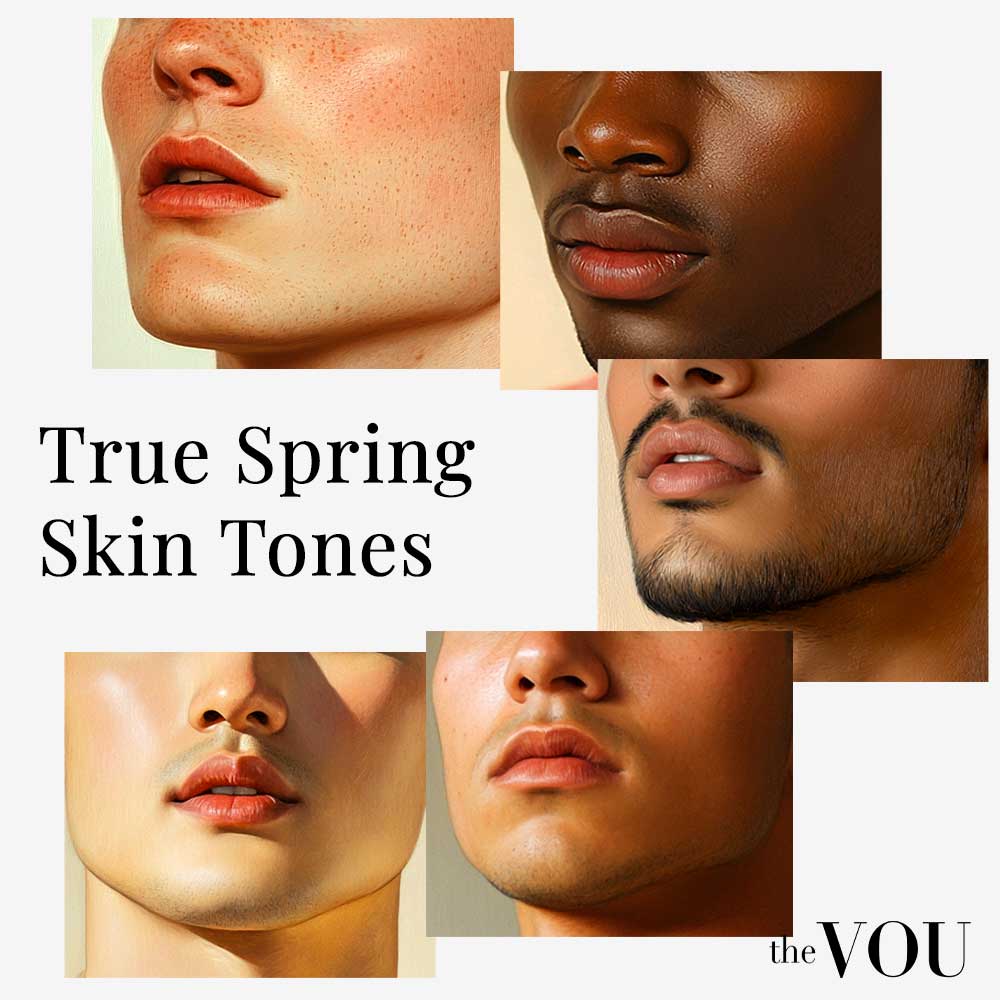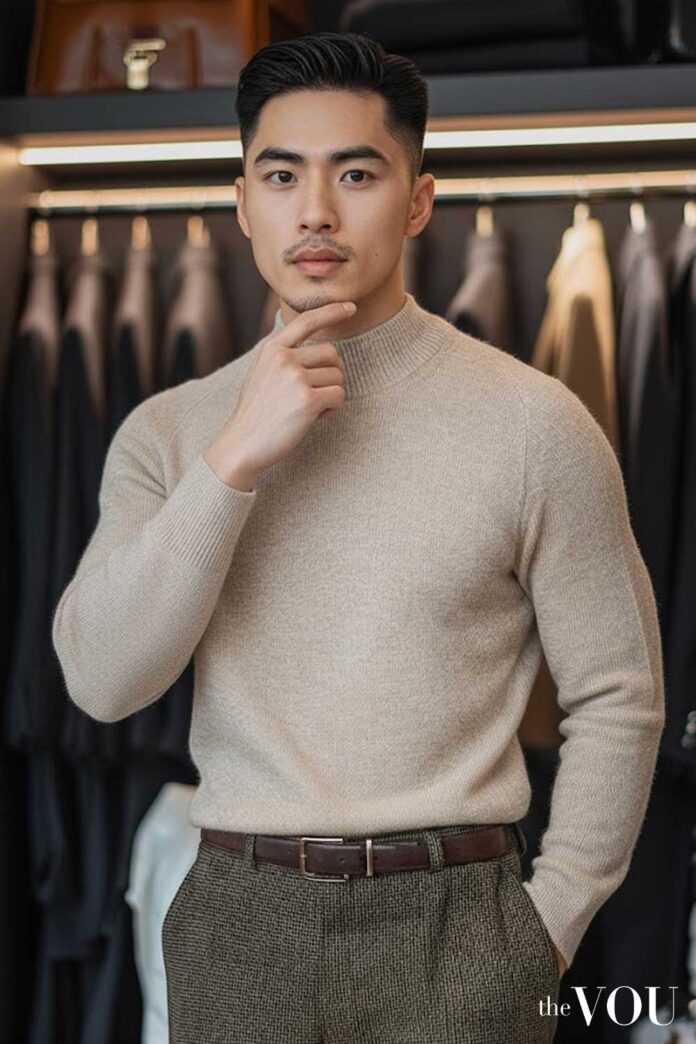In the world of the discerning gentleman, every choice is a statement. Your attire is your armour, your calling card, and a direct reflection of your attention to detail. Yet, many men undermine their presence with a fundamental error; incorrect colour selection.
Mastering colour is not a matter of fleeting trends or guesswork. It is a calculated science that, when executed correctly, elevates your entire aesthetic. This is the definitive guide to identifying your personal colour palette and leveraging it for maximum impact.
Decoding Your Personal Colour Palette

The right colours will make your skin look healthier, your eyes brighter, and your overall appearance more commanding and vital. They work in harmony with your natural features to project an image of effortless sophistication.
Conversely, the wrong colours can wash you out, highlight imperfections, and make you appear tired or unwell. This is not a risk worth taking.
The process of discovering your ideal colours is known as colour analysis. It centres on a critical element you were born with; your skin’s undertone.
The Foundation; Understanding Your Skin’s Undertone

Before you select another shirt or suit, you must identify your skin’s undertone. This is the subtle, permanent hue beneath the surface of your skin. It does not change with a tan or a lack of sun.
There are three primary undertones; cool, warm, and neutral. A few simple tests will provide a definitive answer.
The Vein Test
Examine the veins on the inside of your wrist in natural daylight. Their colour is a direct indicator.
If your veins appear predominantly blue or purple, you have a cool undertone. If they look greenish or olive, your undertone is warm. An inability to clearly distinguish between blue and green suggests you have a neutral undertone.
The White Paper Test
Hold a piece of crisp white paper next to your face. The stark white will highlight the true undertones of your complexion.
Skin that appears pink, rosy, or blueish in contrast has a cool undertone. Skin that looks yellowish, golden, or peachy has a warm undertone. If you notice a greyish cast or a mixture of both, you are likely neutral.
The Jewellery Test
Your reaction to precious metals offers a final, decisive clue. The correct metal will illuminate your complexion.
Silver, platinum, and white gold are most flattering on cool undertones. Gold, rose gold, and bronze complement warm undertones. If you can wear both gold and silver without a discernible difference, you have a neutral undertone.
Matching Colours to Your Undertone
With your undertone identified, selecting clothing ceases to be an art and becomes a science. Your wardrobe should be built around colours that enhance your natural palette.
Colours for Warm Undertones

Men with warm undertones are best served by earthy, rich, and golden shades. Think of the colours of an autumn landscape.
Focus your selections on colours such as; orange, yellow, terracotta, brick red, and shades of brown. Rich greens like olive and moss are also exceptionally flattering.
For your essential neutrals, avoid stark white and black. Opt instead for cream, beige, taupe, and warm greys.
Colours for Cool Undertones

If you have a cool undertone, your palette is drawn from the colours of the ocean and the winter sky. These are colours with blue, pink, or violet bases.
Build your wardrobe around deep blues (navy, cobalt), purples (from lavender to plum), and emerald greens. Cool-based reds, like ruby or cherry, are powerful choices.
Your ideal neutrals are crisp white, charcoal, and shades of grey. Navy should be a cornerstone of your formal and casual wear.
Colours for Neutral Undertones

A neutral undertone provides the most versatility, as you can successfully wear colours from both the warm and cool spectrums. You have a distinct advantage.
However, your optimal look is often found in the middle ground. Extremely saturated or vibrant colours can sometimes overwhelm your complexion.
Prioritise muted and less intense shades. Colours like jade green, dusty pink, lagoon blue, and cornflower blue are excellent choices. You can effectively wear almost any neutral.
The Role of Contrast in Your Appearance
Undertone is the first dimension of colour analysis. The second is contrast; the level of difference between your skin tone, hair colour, and eye colour.
High Contrast
You have high contrast if there is a stark difference between your features. Examples include very dark hair paired with pale skin or very light hair with dark skin.
High-contrast men thrive on bold colour pairings. A black suit with a crisp white shirt is the quintessential high-contrast look. Pair dark neutrals with bright, clear accent colours for maximum effect.
Low Contrast
You have low contrast if your features are tonally similar. Examples include fair skin with blonde hair and light eyes, or dark skin with dark hair and dark eyes.
Low-contrast men look best in monochromatic and analogous colour schemes. Your outfits should feature subtle, harmonious shifts in tone rather than jarring juxtapositions. A navy suit with a light blue shirt creates a more powerful look than one with a stark white shirt.
Beyond the Rules; Building a Versatile Wardrobe
These principles are not meant to restrict you. They are strategic tools designed to build a wardrobe that is both functional and formidable.
Begin by establishing your foundation with neutrals that align with your undertone. These will form the core of your tailoring, outerwear, and trousers.
Next, introduce your ideal accent colours. Use shirts, knitwear, ties, and pocket squares to inject personality and strategic pops of colour that are guaranteed to complement you.
Whilst your core palette is constant, you can adjust its intensity with the seasons. Favour lighter, brighter versions of your colours in spring and summer, shifting to deeper, richer tones in autumn and winter.
Ultimately, use this knowledge as a guide. If a particular colour makes you feel confident and elicits compliments, it is working for you. The final arbiter is your own discerning eye. Arm yourself with this science, and you will never make a poor colour choice again.
A passionate advocate for inclusivity and diversity, Aidan is the driving force behind The VOU as its Editorial Manager. With a unique blend of editorial acumen and project management prowess, Aidan's insightful articles have graced the pages of The Verge, WWD, Forbes, and WTVOX, reflecting his deep interest in the dynamic intersection of styling with grooming for men and beyond.
After years of managing hundreds of fashion brands from London's office of a global retailer, Mandy has ventured into freelancing. Connected with several fashion retailers and media platforms in the US, Australia, and the UK, Mandy uses her expertise to consult for emerging fashion brands create top-notch content as an editorial strategist for several online publications.
Sara Law is a beauty and lifestyle contributor for several top fashion and beauty magazines such as Elle, Vogue, and Cosmopolitan. In parallel, Sara is leading Myer's global marketing team and consults for top Australian beauty brands such as Eye of Horus, Inika, Kester Black, Alpha-H, and many more.


